In 2017, he was part of the final selection for the Hyères festival of fashion and photography and in 201 was nominated for the HSBC prize. His images have been shown in China, Switzerland, Germany and Italy. He is represented by Galerie du Jour Agnès b. in France and by the Forma Art Contemporain in Switzerland.
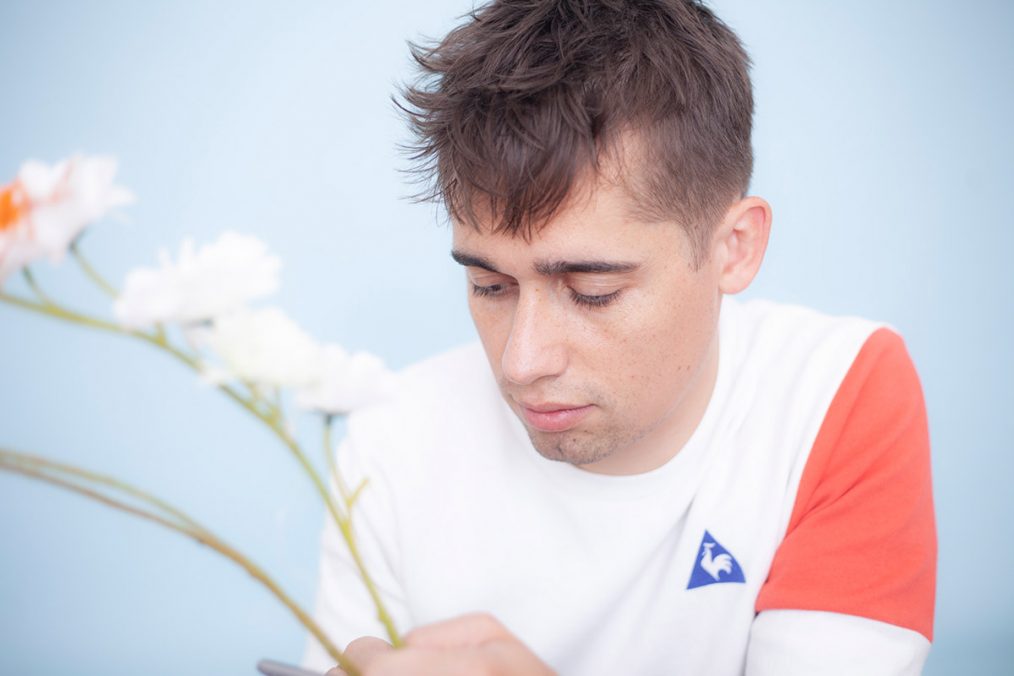
How did you first get into photography?
When I was 18, I went to study art in Belgium, at Saint-Luc Tournai. My teachers and friends approached art in a way I’d describe as punk: no matter who we were, no matter the medium we used to express ourselves, our idea was acceptable if we believed in it, if it questioned the norm or the institution. It was a very open view of art, where difference equalled strength, where beauty and masterpieces didn’t exist, since they were constantly being challenged by means of subversion or subtext. This refusal to hierarchize art still inspires me today. I then studied photography at Vevey, in Switzerland, a less anti-conformist but more professional school, where I was lucky enough to attend lots of workshops with a huge variety of figures from contemporary photography. My classmates had excellent technical skills. But rather than catching up, I listed all the mistakes a good photographer shouldn’t make and made every effort to include them in my practice.
Ultimately, these prohibitions contributed greatly to the development of my photographic style.
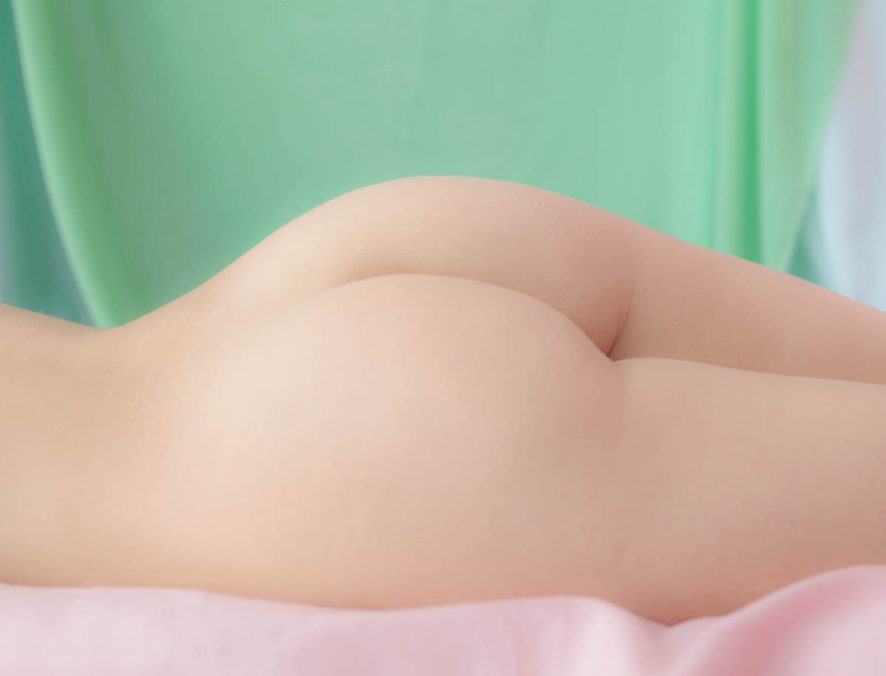
How has the year 2020 influenced your work ?
I’m more relaxed with my career.
What do you enjoy most and why?
I’ve just bought a house in the countryside where I live with my family. I’m really happy with this move.
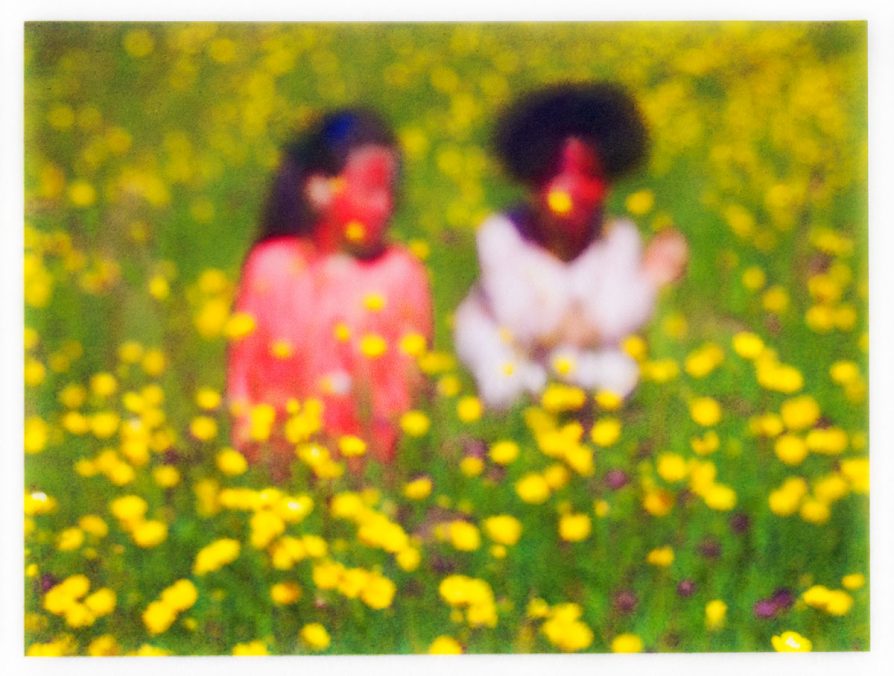
What does photography mean to you?
I describe myself like a „PEINTRE OISIF“ (IDLE PAINTER), not only because I paint without having undergone the difficult learning process, but also because I want my images to be light, to look like they were easy to create, in a single act. When in fact it involves lots of work and very little idleness! With photography, I often try to show the invisible in my work. I don’t have any proof that a subtle world exists, but I create images that could illustrate it. The objects, people and landscapes I photograph are, paradoxically, a pretext to depict these allegories of the invisible.
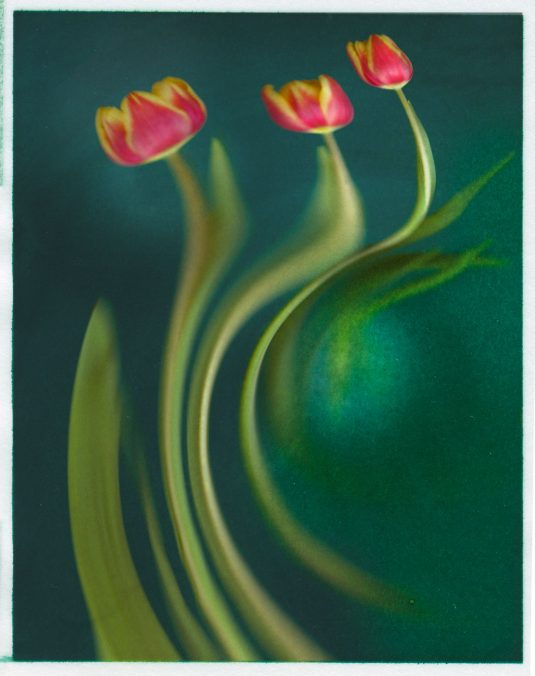
Interview with Paul Rousteau 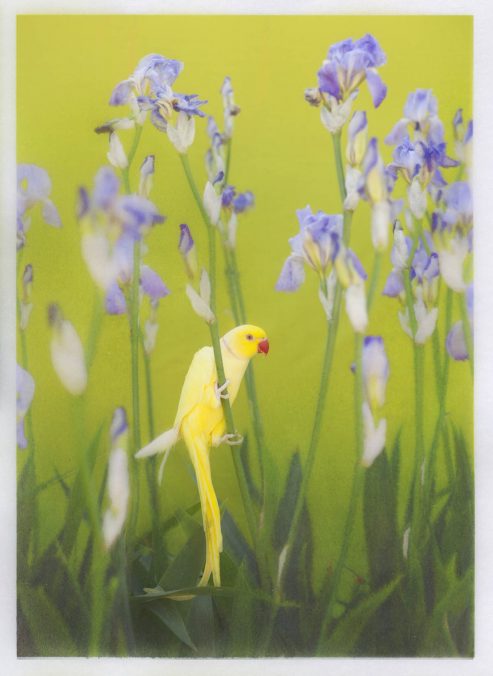
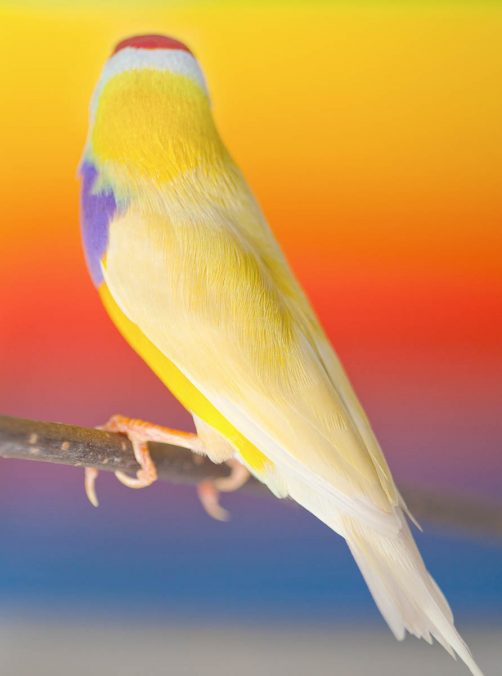
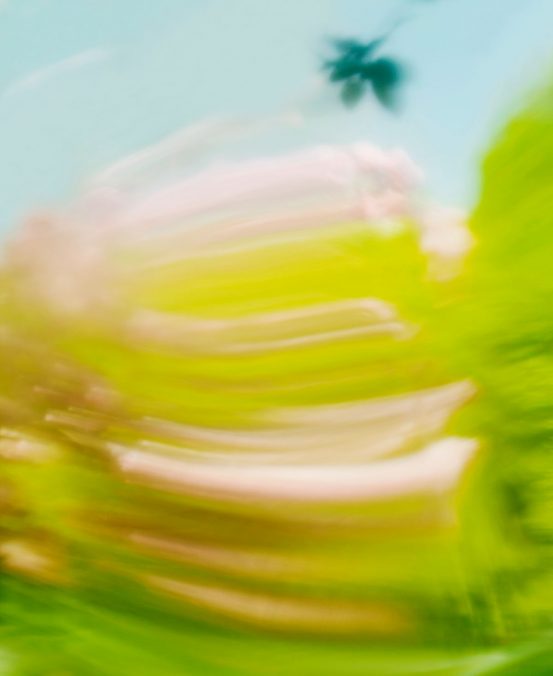
Interview with Paul Rousteau
The objects, people and landscapes I photograph are, paradoxically, a pretext to depict these allegories of the invisible.
A situation you can always remember.
The first time we are in love.
Do you still use Tumblr?
Yes, I’ve just add few images on my moodboard. I like to play with images: http://capturesdimages.tumblr.com/
What are you working on at the moment?
I’m working on a project with Villa Noailles. I have a summer residence there where I invite French painters I like to create things with me.
Paul Rousteau – www.paulrousteau.com
































